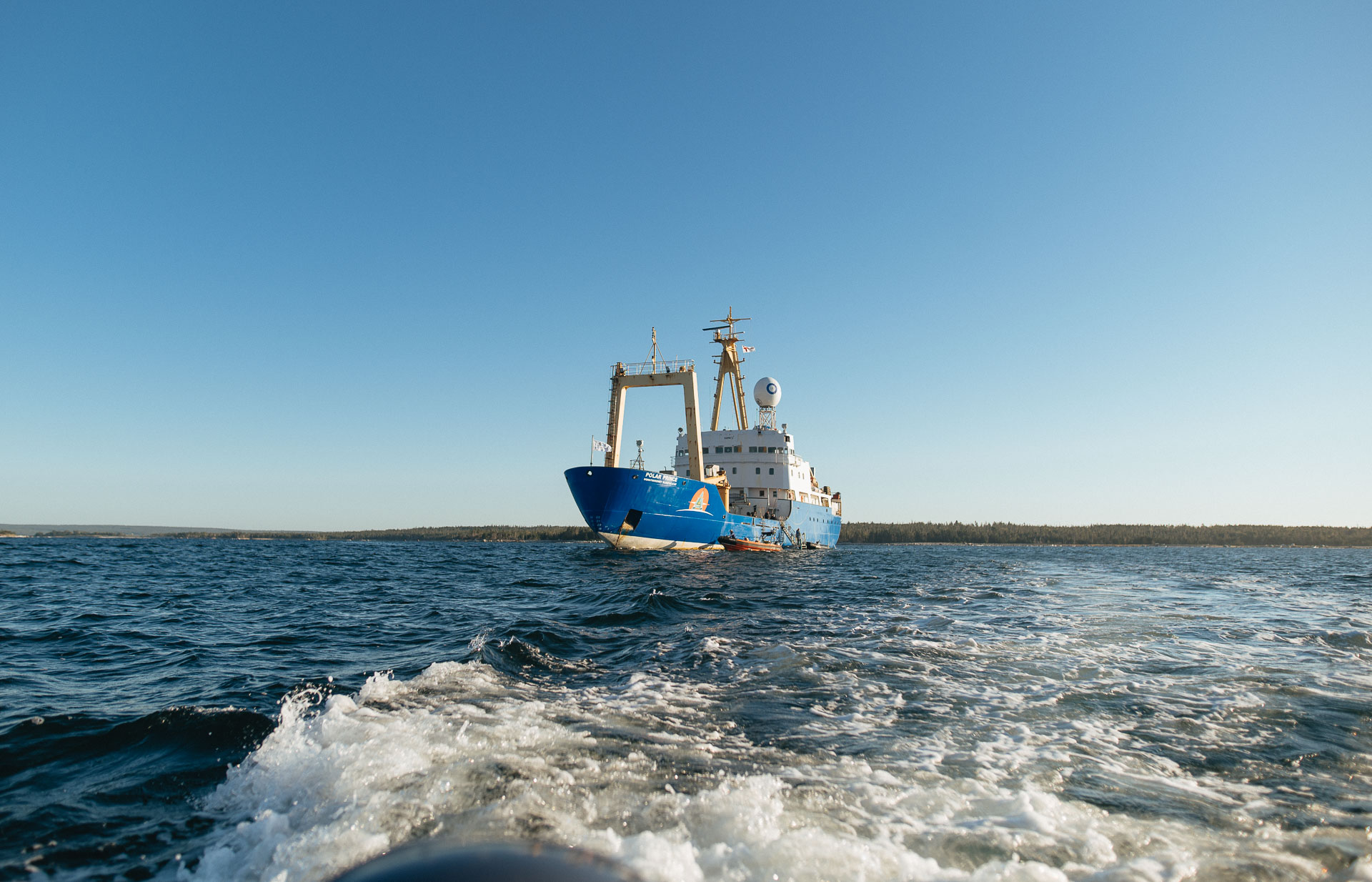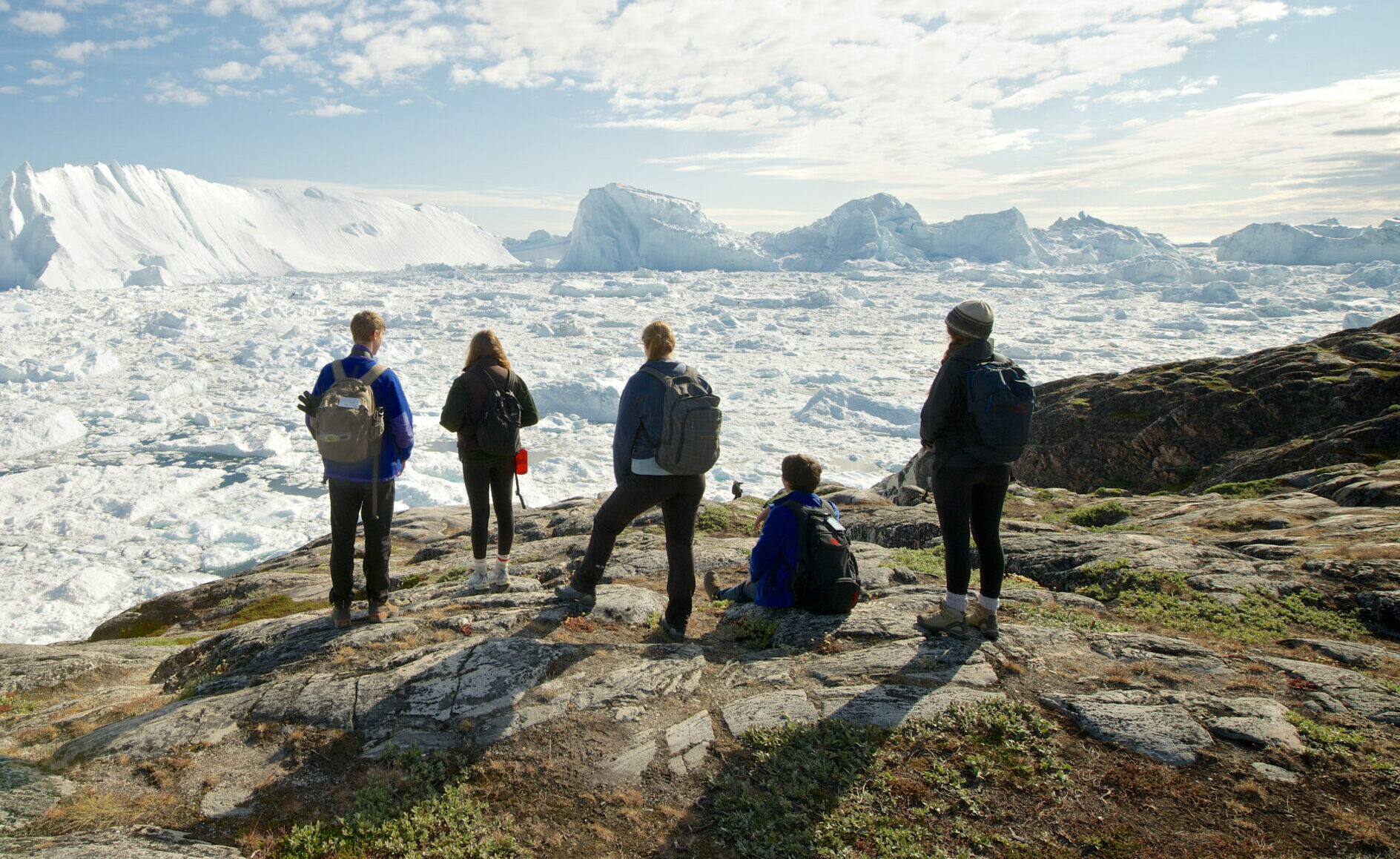Antarctic Delegation Reflective Blog: Meg O’Hara
As an artist, I hope to use both my art and plain language to convey complex scientific and academic concepts to the general population. My art aims to visualize the science of climate change. As I move forward with planning my upcoming painting series about Ancient Ice, inspired by this SOI journey, I will face that challenge head-on.
Environmental changes in Antarctica have a global impact. The grip of the ice in polar regions is gradually weakening. As has been communicated to us by experts on this voyage, the ice shelves that function as a barrier to the glacier flow into the Southern Ocean are melting.

90 percent of the ice in the world is in Antarctica. This includes glaciers, sea ice, and ice shelves. This makes the polar regions more vulnerable to the effects of a warming planet. Specifically, the polar regions are three-to-four times more impacted by climate change compared to the rest of the world. Behind Antarctica and Greenland, Canada has a large reserve of Ancient Ice, including 1/3 of the world’s mountain glaciers and icecaps outside of the poles.
This SOI delegation has been an intensive program that combines experiential adventures, team building, leadership, and education about the awe and wonder of Antarctica and its global significance. Being a part of this delegation to Antarctica has given me the opportunity to experience a place that so few people will ever see. I want to use art as a form of science communication and storytelling to raise awareness about the impact of climate change in the polar regions.
“Sitting on the ship watching icebergs float by was a surreal experience.”
– Meg O’Hara, Antarctic delegate
Sitting on the ship watching icebergs float by was a surreal experience. Each iceberg is a sculpture carved by nature, with each one entirely unique in the way it looks. Icebergs float around the ocean for the duration of their life, an average of four years.
During this trip I have fallen in love with Antarctica. The unique landscapes, the vast beauty, and the sculptures of ice that decorate the Southern Ocean have changed the way I see my role in conservation. As a polar nation ourselves, I hope that by showing Canadians the beauty of Antarctica they will fall in love with it as well.
With my art, I choose not to show the ugly side of climate change. While this approach to visualizing climate change has its place, I don’t want to depict destruction. My goal of this series isn’t to scare the viewers about the impacts of climate change. Instead, I want to show the beauty of the natural world and speak to some of the science that underpins it. If we love and cherish something and we understand it, we are more likely to protect it.
As I move forward with my painting series and reflect more on this journey, I hope to create a series that will inspire the viewer to take action to protect our beautiful planet. Two of my paintings from my upcoming series will be given to SOI as part of their fundraising efforts to allow more youth to have an experience like this.





